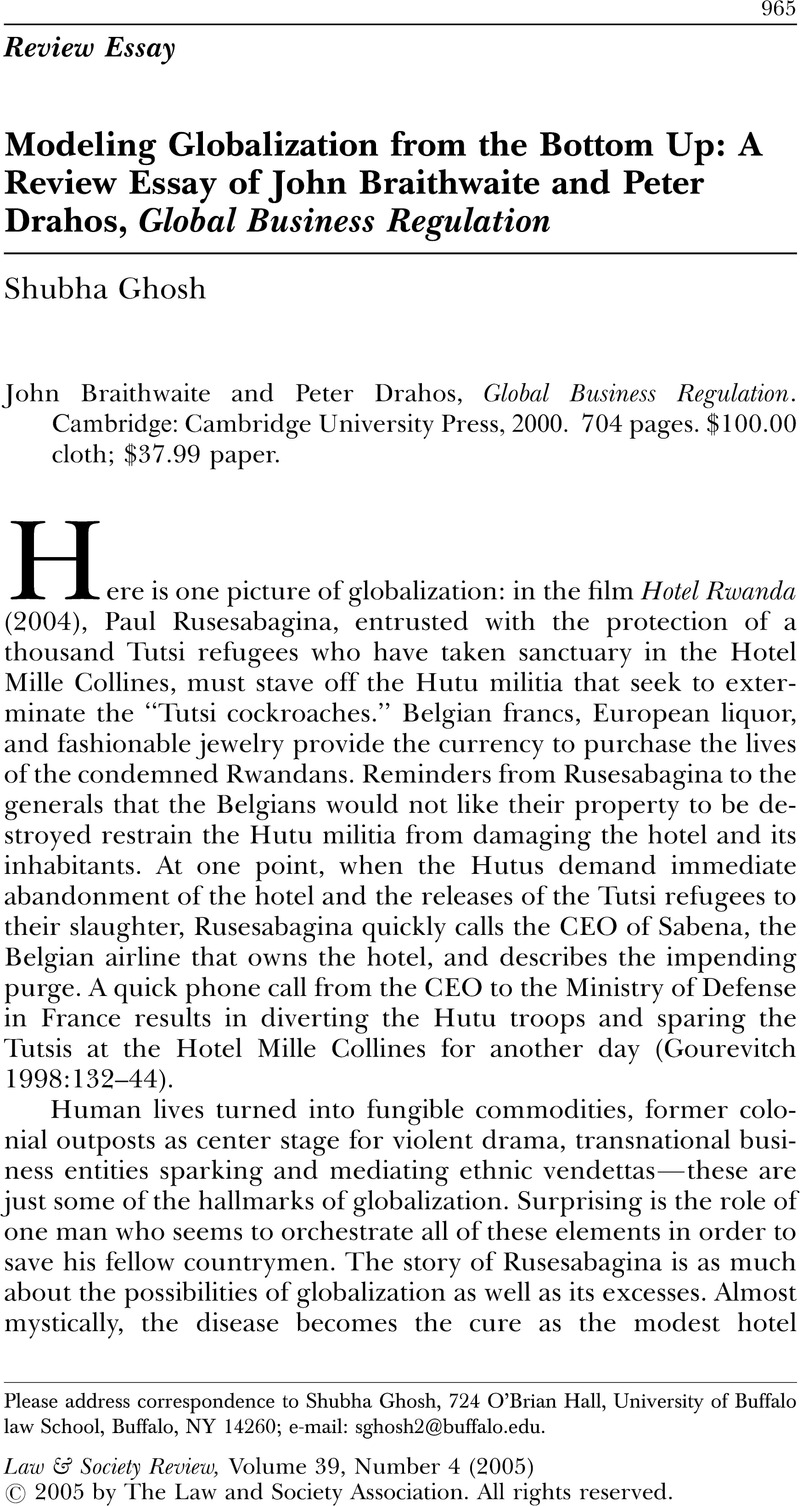Crossref Citations
This article has been cited by the following publications. This list is generated based on data provided by Crossref.
Chon, Margaret
2010.
Intellectual Property and Human Development.
p.
218.



